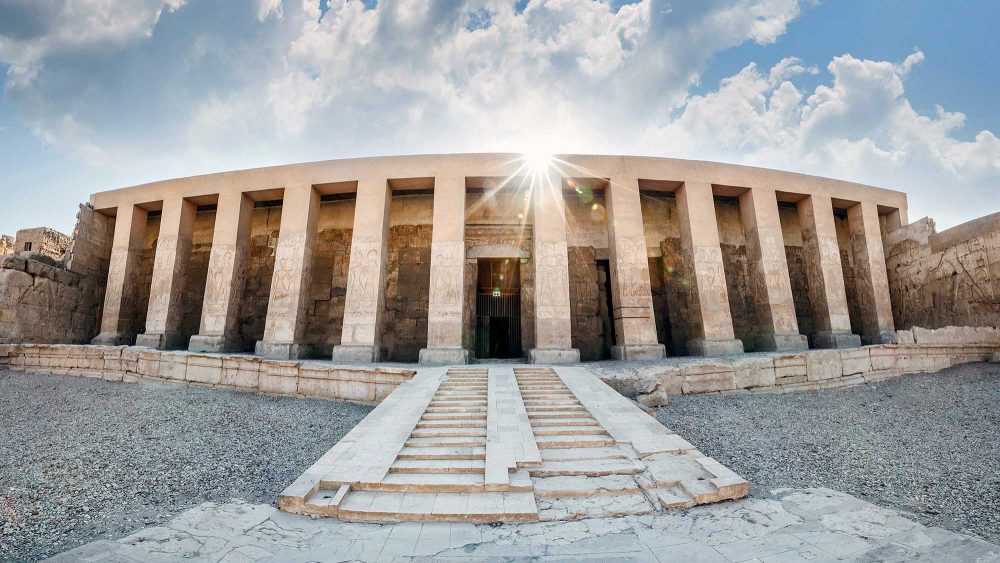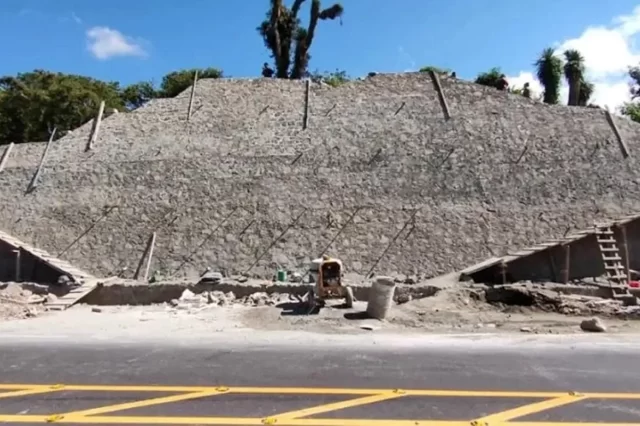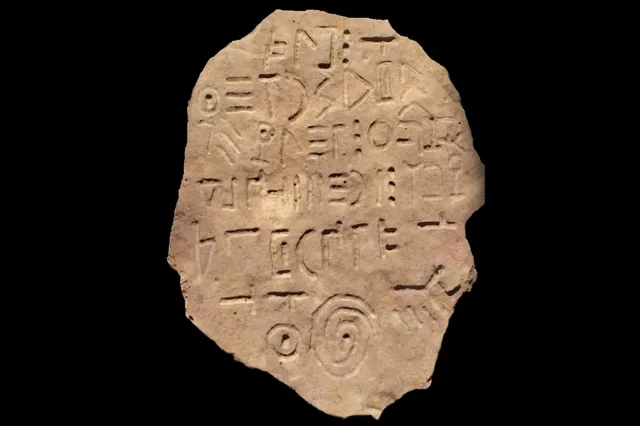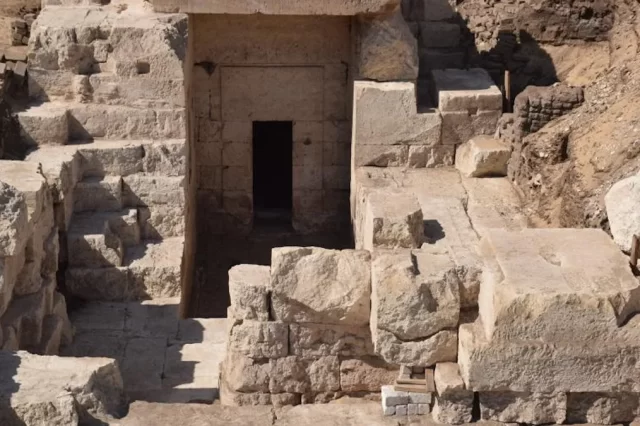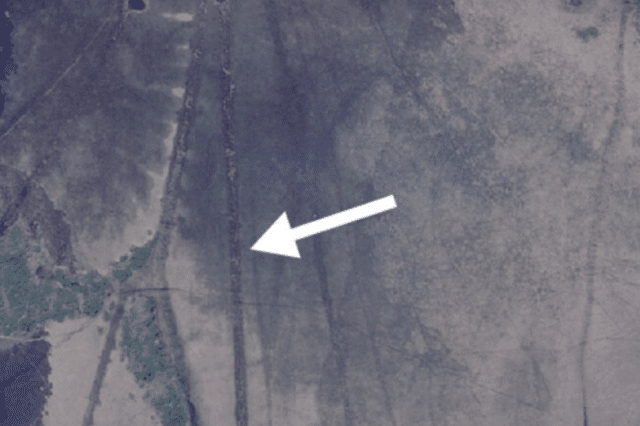The discovery of over 2,000 mummified ram heads, among other animal remains, sheds new light on the site's significance and the continued reverence for Ramses II.
A recent excavation in southern Egypt has revealed over 2,000 mummified ram heads, along with the remains of other animals such as ewes, dogs, wild goats, cows, gazelles, and mongooses. These discoveries were made at the temple of Ramses II, in the ancient city of Abydos. The ram heads, believed to be votive offerings, date back to the Ptolemaic period and suggest continued reverence for Ramses II, even after his death.
Contributing knowledge to the site
Archaeological officials disclosed that these findings would contribute to expanding knowledge of the site, which spans over two millennia up to the Ptolemaic period. The excavation was carried out by a team from New York University’s Institute for the Study of the Ancient World. In addition to the animal remains, the team uncovered a large palatial structure with walls around five meters thick, dating back to the sixth dynasty of the Old Kingdom. The structure could help recreate the ancient landscape of Abydos before the construction of the Ramses II temple.

Located in the Egyptian governorate of Sohag, approximately 270 miles (435 km) south of Cairo, Abydos served as a necropolis for early ancient Egyptian royalty and a center of worship for the god Osiris. Despite its significance, it remains a relatively lesser-known archaeological site. Abydos played a significant role in ancient Egypt as both a necropolis for early Egyptian royalty and a center of pilgrimage for the god Osiris. It was considered one of the most important religious sites in Egypt, and its strategic location allowed it to serve as a gateway to the desert and to the Red Sea.
The importance of Abydos
Abydos was home to various temples, including the temple of Seti I, which is renowned for its intricate reliefs and inscriptions. It was also the site of the Osireion, a subterranean temple that was believed to have been constructed in honor of Osiris. The importance of Abydos in ancient Egypt is reflected in the numerous archaeological discoveries made there, which have provided valuable insights into the country’s history and culture.
PLEASE READ: Have something to add? Visit Curiosmos on Facebook. Join the discussion in our mobile Telegram group. Also, follow us on Google News. Interesting in history, mysteries, and more? Visit Ancient Library’s Telegram group and become part of an exclusive group.

